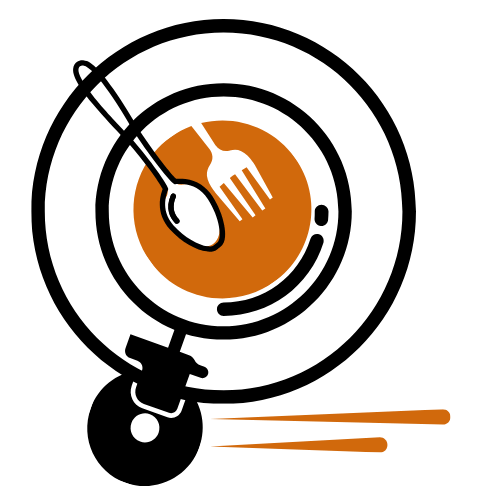Money & Finance
Healthy grocery shopping
I am well aware that grocery shopping can be a frightening and confusing experience for many people. For example, many of my patients don’t know where to start at the grocery store and don’t know what foods to add to their cart.
Plus, with endless food options available — often in misleading packages — it can be hard to decide which foods are truly healthy and best left on the shelves.
In this article, I explain the basics of healthy grocery shopping, including how to choose nutritious foods, create a smart shopping list, and stock it so you can shop for groceries less frequently.
before you go
While some people can go grocery shopping without a list or idea of the meals they’ll be cooking for the next week, most people need some kind of plan.
Bringing a grocery list or weekly list is a good idea if it is easily tracked in the store.
Create a healthy shopping list
A grocery list is an essential tool for many shoppers. It can help you stay on task and remind you of the items you need. Plus, studies show that grocery lists may help you make healthier choices while shopping
But what does a “healthy” grocery shopping list include?
In general, an overall healthy diet should primarily include whole foods rich in nutrients. I’m talking about foods like vegetables and fruits and sources of protein like fish, eggs, beans, nuts and seeds. These are the foods that you should rank in order of priority on your list.
When creating your shopping list, it can be helpful to divide it into sections, such as non-starchy vegetables, fruits, beans, grains, nuts, seeds, proteins, frozen foods, dairy products, dairy alternatives, beverages, spices, and miscellaneous items. .
- Here is an example of what a healthy grocery list might include:
- Fruits: apples, berries, and avocados
- Non-starchy vegetables: broccoli, asparagus, onions, spinach, peppers, and zucchini.
- Starchy vegetables: sweet potatoes, small red potatoes, and squash
- Beans and grains: chickpeas, brown rice, black beans, and quinoa
- Proteins: eggs, canned salmon, chicken breasts, pea protein powder
- Frozen foods: frozen raspberry mix and frozen turnip
- Nuts and seeds: roasted almonds, pumpkin seeds, and natural peanut butter
- Dairy and non-dairy alternatives: cashew milk, coconut milk, feta cheese, and full-fat Greek yogurt
- Condiments: olives, sundried tomatoes, salad dressing, olive oil, pesto, sauce
- Drinks: Unsweetened coconut water, sparkling water
- Miscellaneous: ground coffee, dried fruits, dark chocolate, banana chips, unsweetened shredded coconut
You won’t have to buy shelf-stable items like peanut butter, protein powder, and bulk cereal on every grocery trip. I cover how to stock your kitchen with long-lasting items below this article.
Planning a weekly menu
If you prefer, you can bring a weekly list to the store instead of your regular shopping list. This list can list the ingredients you need to prepare the meals you want to cook next week.
